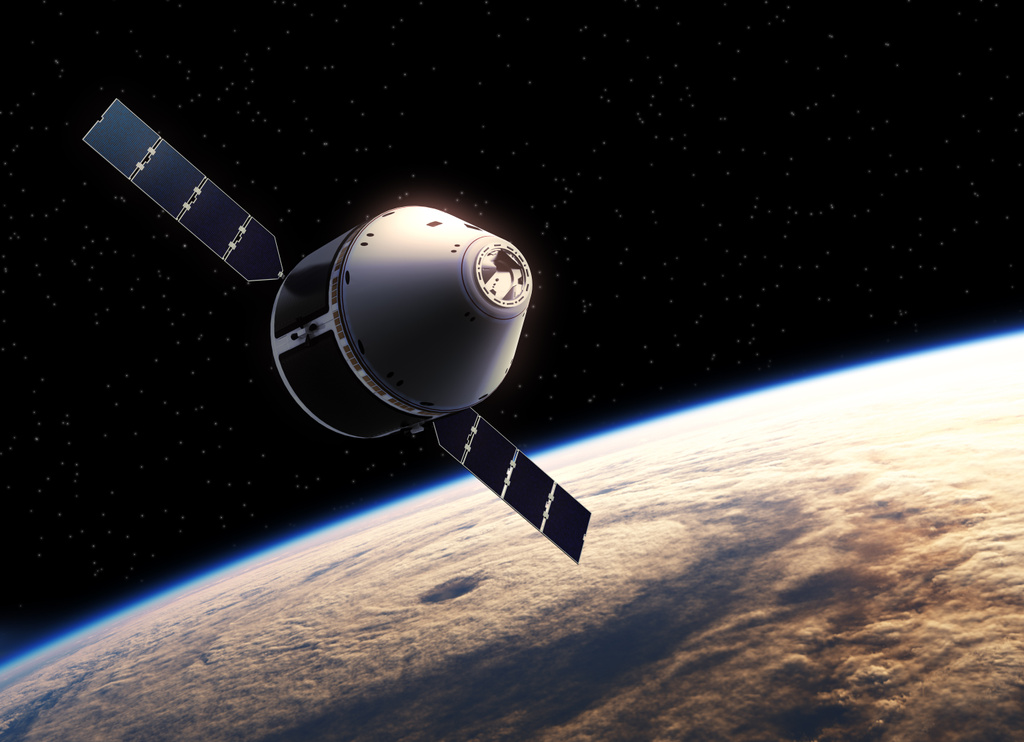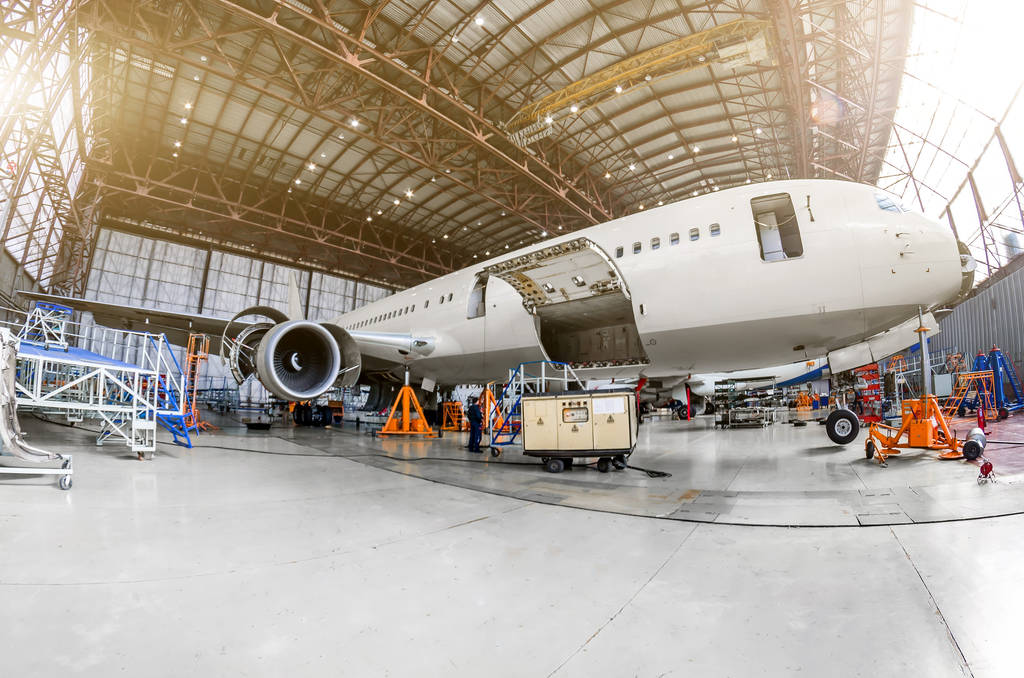The aerospace industry has always been at the forefront of technological innovation, pushing the boundaries of human achievement. Over the years, we have witnessed remarkable advancements in aircraft design, propulsion systems, and space exploration. However, a new wave of aerospace companies is now emerging, focused on a rather unconventional aspect of aerospace engineering: the human body. These visionary companies are harnessing the potential of biotechnology, neuroscience, and human augmentation to revolutionize the way we fly and explore space.

In this article, we will delve into the fascinating world of body aerospace companies and explore their pioneering efforts to shape the future of aerospace.
- The Rise of Body Aerospace Companies:
Traditional aerospace companies have primarily focused on developing advanced aircraft and spacecraft to improve performance and safety. However, body aerospace companies are taking a unique approach by integrating human physiology directly into the equation. By leveraging breakthroughs in biology and technology, these companies are aiming to enhance human capabilities and create a new generation of “cyborg” astronauts and pilots.
- Neuralink: Merging the Human Brain and Computers:
One of the most prominent players in the field is Neuralink, a company founded by entrepreneur Elon Musk. Neuralink aims to develop implantable brain-machine interfaces (BMIs) that can connect the human brain directly to computers. By doing so, Neuralink envisions a future where individuals can control machines, including aircraft and spacecraft, using their thoughts alone. This technology could revolutionize the way humans interact with machines, providing unparalleled levels of precision and efficiency.
- SpaceX: Enabling Human Space Exploration:
While primarily known for its achievements in rocketry and space exploration, SpaceX, another brainchild of Elon Musk, is also making significant strides in body aerospace. Through its Crew Dragon spacecraft, SpaceX is pioneering the concept of space tourism, offering civilians the opportunity to experience space travel firsthand. Additionally, SpaceX is actively working on technologies to enable long-duration space missions, such as the colonization of Mars. These endeavors require extensive research and development in areas such as radiation protection, life support systems, and biomedicine.
- Exoskeletons and Human Augmentation:
Body aerospace companies are not only focused on the brain-computer interface but also on enhancing physical capabilities through exoskeletons and human augmentation. These technologies aim to augment human strength, endurance, and agility, enabling astronauts and pilots to withstand the rigors of space and extreme flight conditions. Companies like Lockheed Martin, Boeing, and Ekso Bionics are investing in exoskeletons and powered suits that provide increased mobility and reduce fatigue.

- Bioengineering for Space Adaptation:
Another key aspect of body aerospace is the adaptation of human biology to the challenges of space travel. Space radiation, microgravity, and prolonged exposure to zero gravity can have detrimental effects on the human body. To overcome these hurdles, companies like SpacePharma and Synthetic Genomics are leveraging bioengineering techniques to develop pharmaceuticals and genetic modifications that can counteract the negative effects of space travel. These advancements have the potential to make long-duration space missions and interplanetary travel more feasible.
- Ethical Considerations and Challenges:
As body aerospace technologies advance, it becomes crucial to address ethical considerations and potential challenges. Privacy concerns, security risks, and the potential for misuse are important aspects that need to be carefully navigated. Moreover, ensuring the safety and well-being of individuals using these technologies will require stringent regulatory frameworks and comprehensive testing procedures.
Learn more at Wiki as well.
